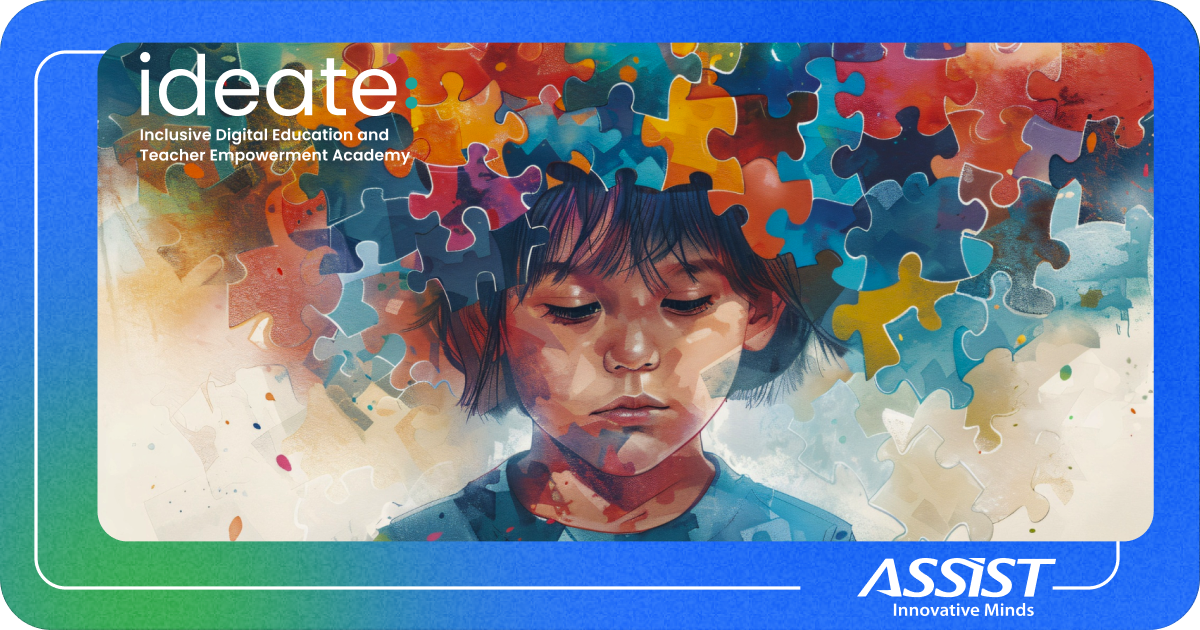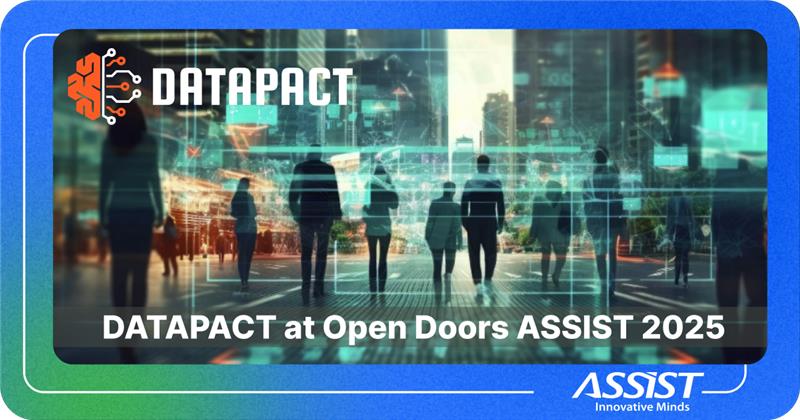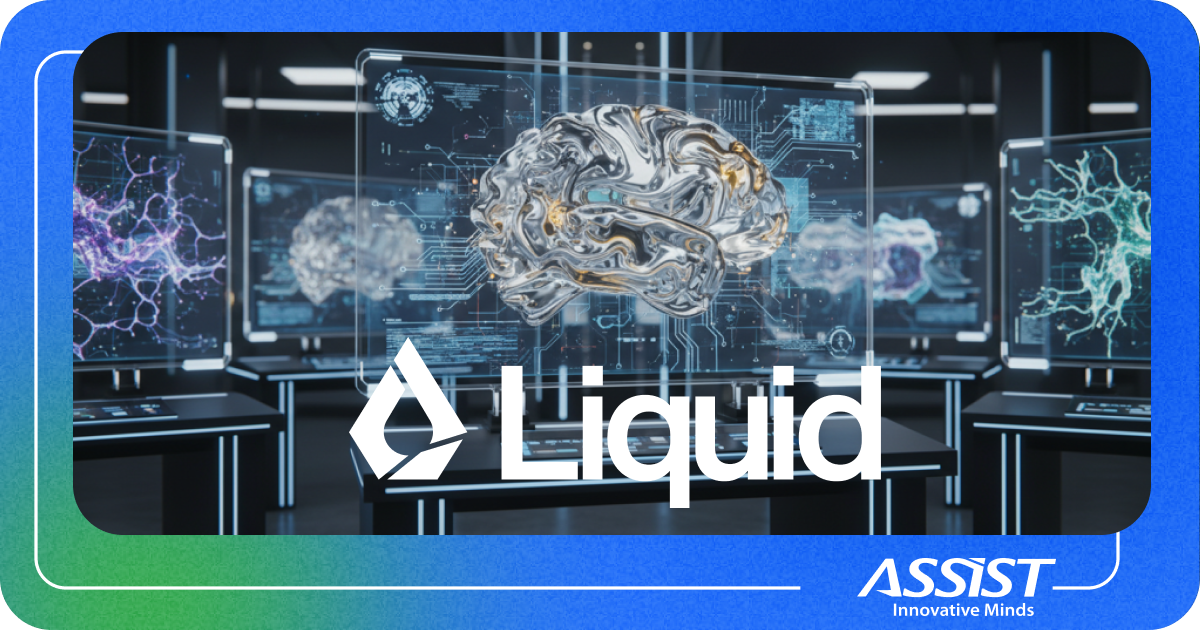ChatGPT-5: Confirmed Features and Early Insights
The artificial intelligence landscape is abuzz with anticipation as OpenAI prepares to unveil its latest advancement: ChatGPT-5. Building upon the foundation laid by its predecessors, this iteration promises to introduce features that could significantly impact businesses, especially those invested in custom software development. Here's a comprehensive look at the confirmed features and potential implications of ChatGPT-5.
Confirmed Features of ChatGPT-5
1. Unified Model Architecture
OpenAI CEO Sam Altman has announced plans to streamline the company's AI offerings by unifying the GPT-series and o-series models. This consolidation aims to create a more cohesive and efficient system, enhancing the general utility of AI across various tasks.
We want AI to “just work” for you; we realize how complicated our model and product offerings have gotten. We hate the model picker as much as you do and want to return to magic unified intelligence.
2. Tiered Intelligence Levels
ChatGPT-5 will introduce different levels of intelligence based on user subscriptions. It is important to note that free users will have access to standard intelligence settings, while Plus and Pro subscribers will benefit from higher levels of intelligence. This tiered approach allows businesses to choose a plan that aligns with their specific needs and budget.
3. Enhanced Reasoning Capabilities
One of the anticipated improvements in ChatGPT-5 is its advanced reasoning abilities. This enhancement is expected to enable the model to handle more complex queries and provide more accurate and contextually relevant responses, making it a valuable tool for businesses that require sophisticated problem-solving capabilities.

4. Multimodal Integration
Building upon previous models, ChatGPT-5 is expected to offer seamless processing and generation of content across various formats, including text, images, and possibly video. This multimodal integration can make interactions more dynamic and contextually relevant, opening new avenues for application in fields like marketing, customer service, and content creation.
5. Autonomous AI Agents
A groundbreaking feature anticipated in ChatGPT-5 is deploying AI agents capable of operating independently. These agents could manage tasks such as scheduling, email correspondence, and online transactions without human intervention, potentially streamlining operations and increasing efficiency for businesses.
Implications for Custom Software Development
The advancements in ChatGPT-5 present both opportunities and considerations for businesses involved in custom software development:

1. Enhanced User Experiences
Integrating advanced AI can lead to more intuitive and responsive applications, elevating user satisfaction. For instance, improved reasoning capabilities can enable software to better understand and anticipate user needs, providing more personalized and efficient interactions.
2. Streamlined Operations
The introduction of autonomous AI agents can automate routine tasks, allowing teams to focus on more strategic initiatives. This automation can lead to increased productivity and cost savings, as well as the ability to scale operations without a corresponding increase in human resources.
3. Strategic Planning
Understanding the capabilities and limitations of emerging AI models is essential for making informed decisions about technology investments and application development. Businesses need to assess how these advancements align with their goals and how they can be leveraged to gain a competitive edge.

How is this important to you?
As ChatGPT-5 approaches its release, staying informed about its development is vital for businesses aiming to leverage AI in their software solutions. Companies can position themselves at the forefront of innovation, delivering enhanced value to their clients and stakeholders.



